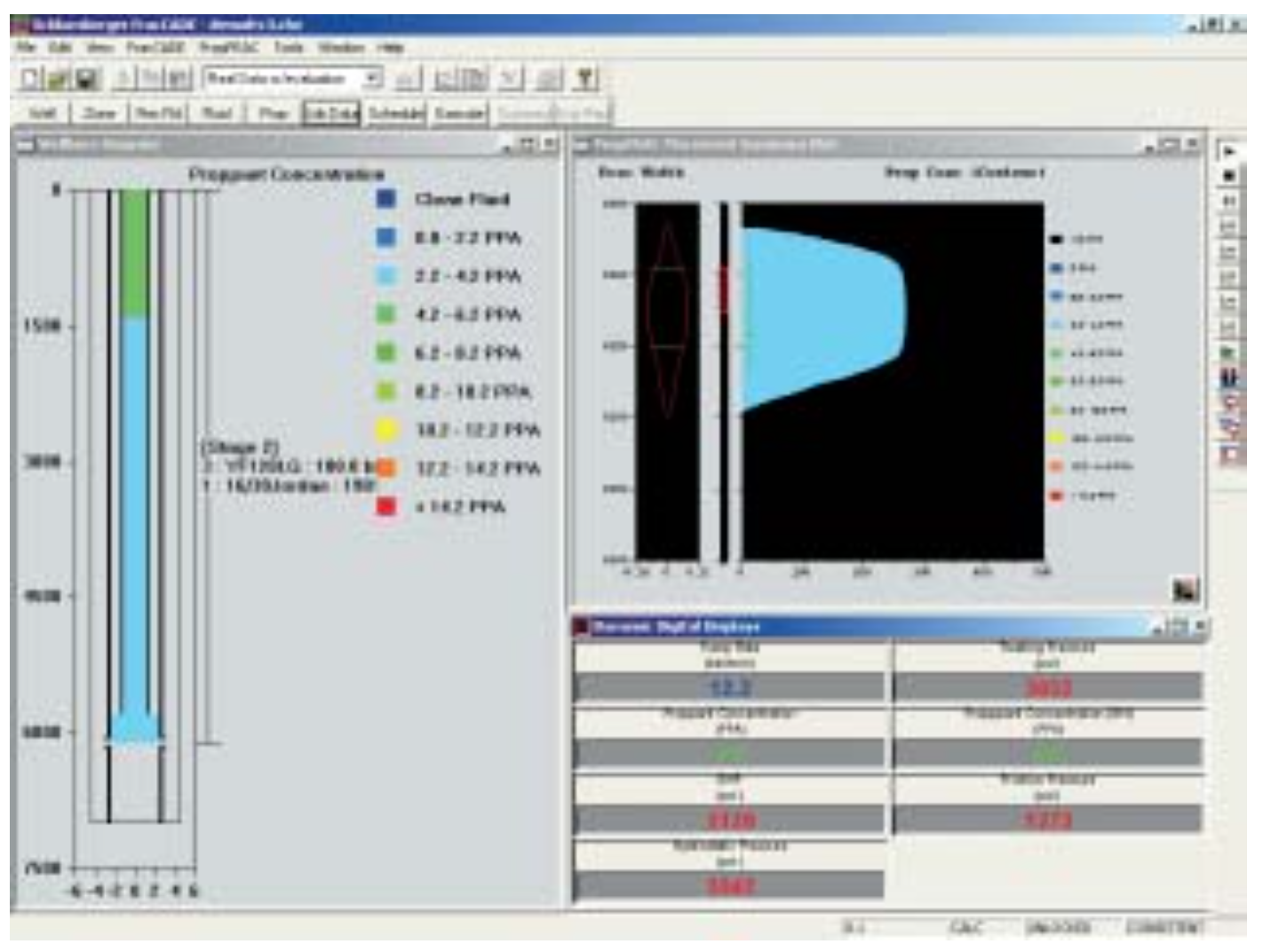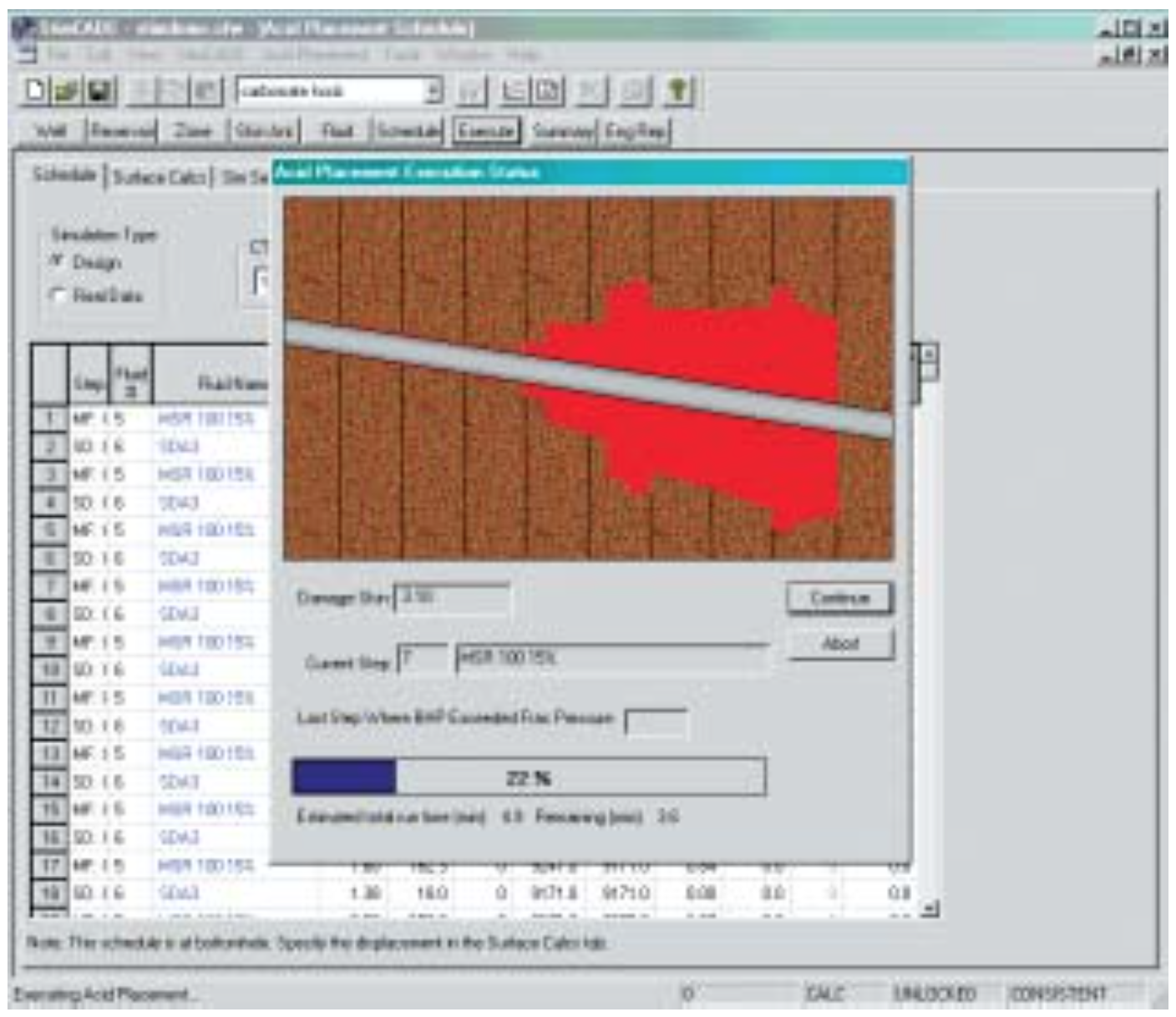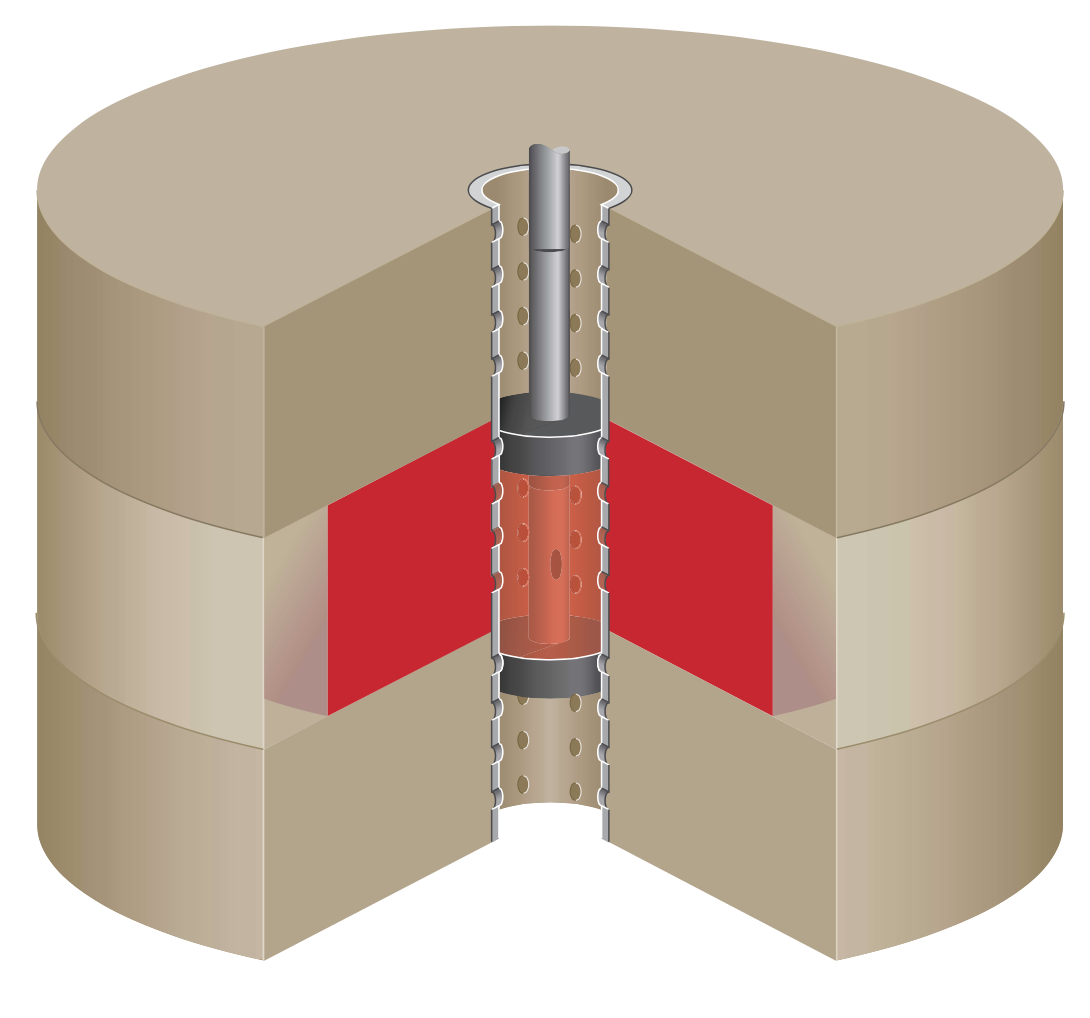StimCADE Popular
Well productivity can be adversely affected by formation damage in the near wellbore or by low natural permeability of the reservoir rock. Damage may be caused by drilling operations or the effects of long-term production. Carbonate minerals dissolve readily in acids, and acidizing has for years been a method of stimulating production in carbonate reservoirs. Mathew Samuel and Mahmut Sengul explain some of the situations that benefit from carbonate well stimulation, and how techniques such as matrix acidizing and acid fracturing are evolving to ensure optimum production and injection.
The carbonate reservoirs of the Middle East and Asia contain about 69% of the world’s oil and gas reserves. To sustain global oil and gas demands, the effective stimulation of carbonate reservoirs, therefore, is very important in this region. Moreover, the complexities of carbonates that are due to their heterogeneous structure, including natural barriers and fractures, present some of the greatest challenges to reservoir stimulation.
For many years, reservoir teams have sought ways to avoid early abandonment of oil and gas wells as a result of formation damage and low natural permeability in carbonate reservoirs. Such abandonments have caused incalculable loss of revenue resulting from the hydrocarbons left behind. Recovery can often be improved using stimulation techniques for removing or bypassing the formation damage in the near-wellbore area, or by partly increasing the formation’s natural permeability, or, in many cases, both. Formation damage—plugging or partial plugging of perforations, or plugging of the rock matrix by debris from the well and from well operations—restricts the flow of hydrocarbons into the wellbore.
Identifying the causes of formation damage and preventing it from happening have been the subjects of much research. Well operations still, however, continue to cause some degree of damage to the formation in the near-wellbore region.
Thousands of well stimulation jobs are performed in the region every month, using treatments that range from pumping hydrochloric acid into the formation to dissolve and/or fracture the rock, to very advanced technologies that use viscoelastic surfactant-based (VES) fluids to help acid placement and control leakoff.






